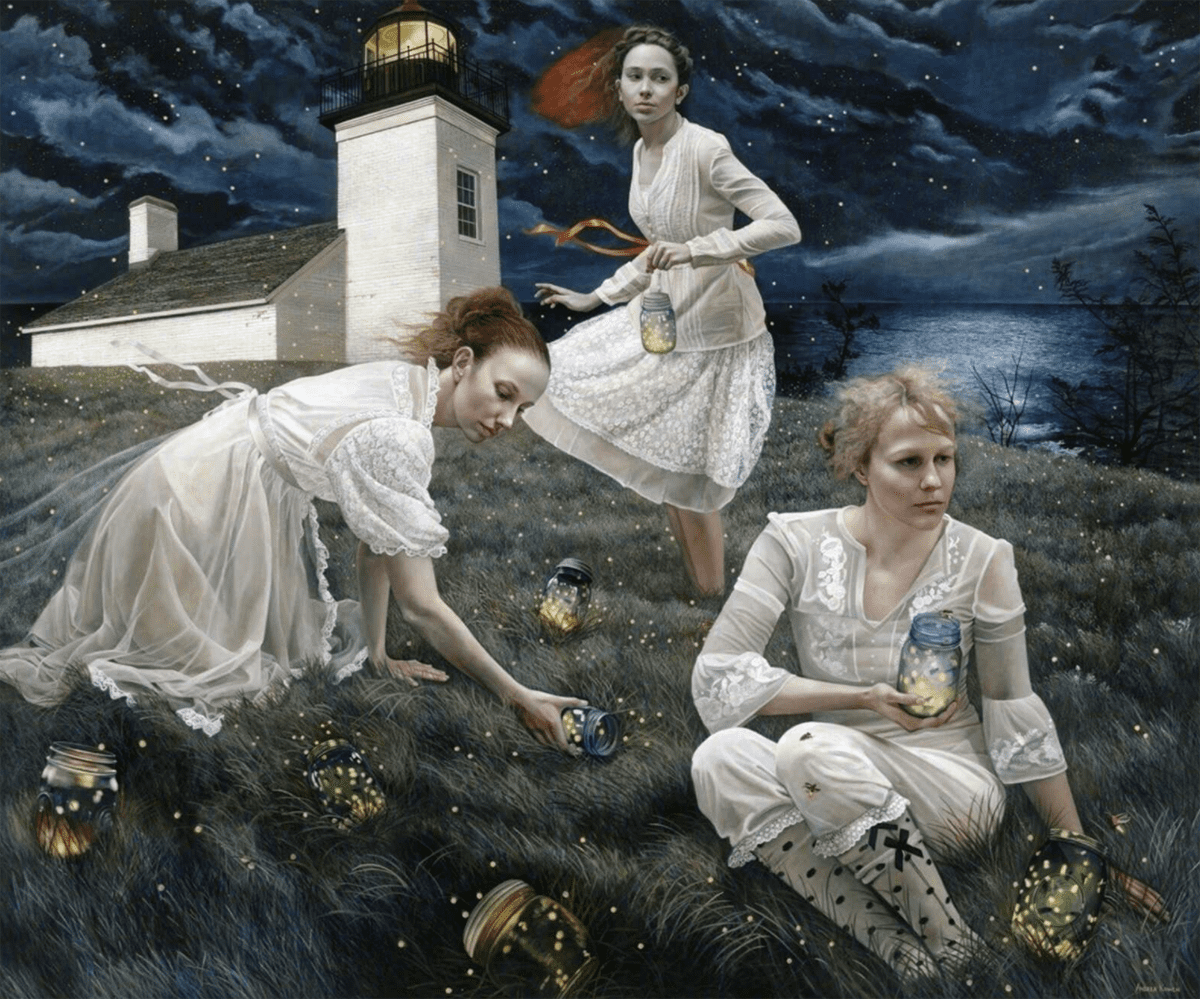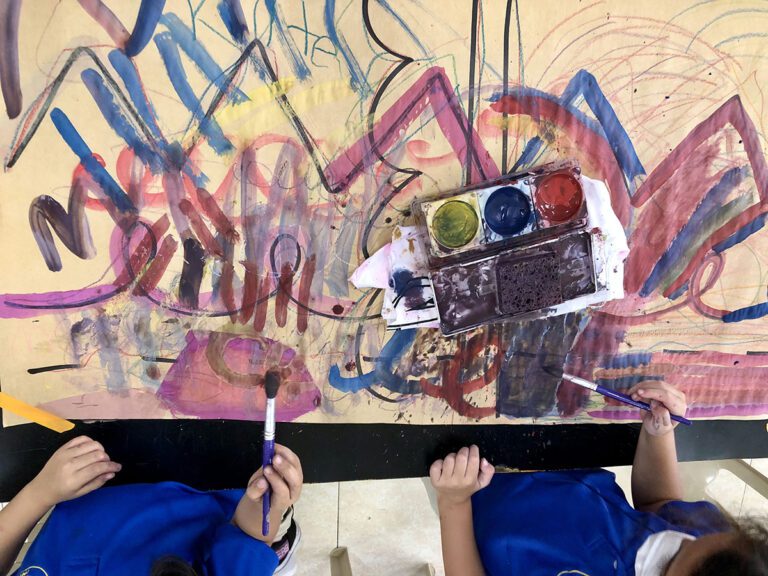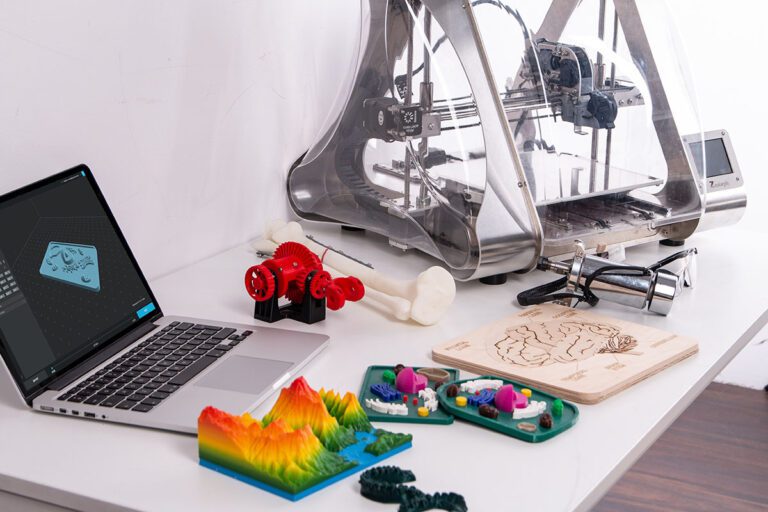Regardless of grade level or content area, SEL is a term that keeps popping up in conversations ranging from those about new initiatives in your school to social media posts. While SEL might seem like one more thing to do in our classroom, it doesn’t have to be. The art room is a unique space where students can practice SEL skills through art creation.
CASEL describes SEL as, “… a lifelong process of learning how to understand ourselves better, connect with others, and work together to achieve goals and support our communities.” SEL is an umbrella term that holds a powerful weight. It helps students develop healthy identities, manage emotions, achieve goals, establish and maintain supportive relationships, and make responsible and caring decisions. These are lifelong skills we hope students will take with them as they develop into healthy, well-rounded adults.
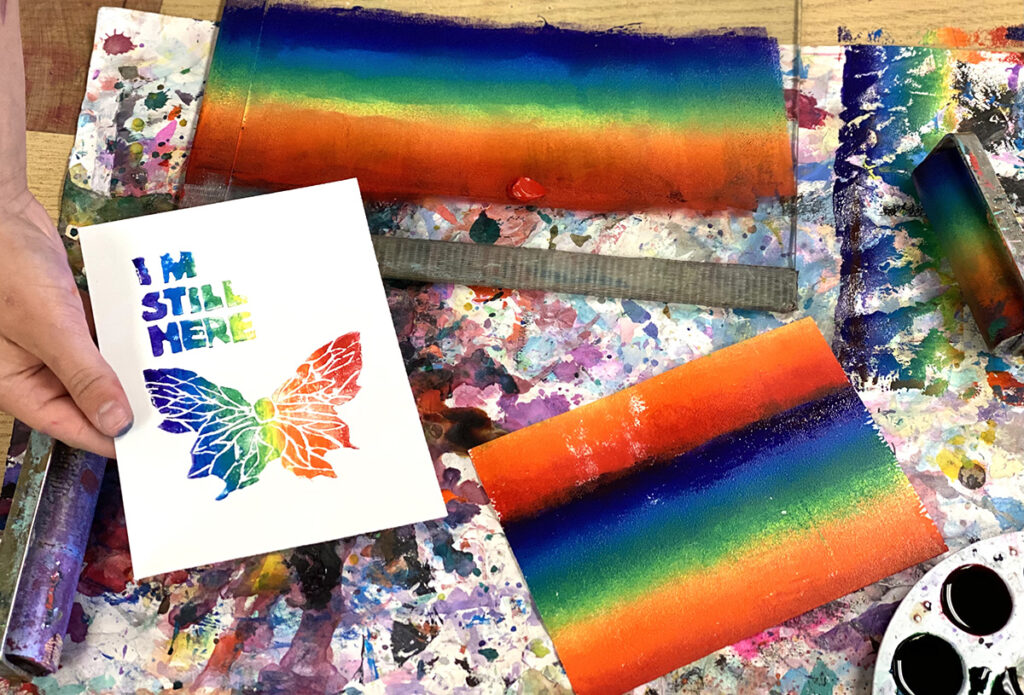
Let’s review the five competencies of SEL and explore a range of artists that exemplify each.
Competency 1: Self-Awareness
Self-awareness is our ability to recognize our emotions and thoughts and assess our strengths. Artists who are self-perceptive tend to create powerful and meaningful work. Have you ever walked into a gallery and been immediately drawn to a particular artist or piece? We usually have an initial reaction to the work itself or the backstory of the artist. Either way, that initial reaction can push us to examine our own selves and feelings as well.
For more about self-awareness, listen to The Art of SEL, Episode 2: Self-Awareness.
Here are six contemporary and historical artists that can spark a conversation about self-awareness:
1. Phil Hansen
Phil Hansen is an internationally recognized multimedia artist, speaker, author, innovator, and recent presenter at the NOW Conference. He is known for his meta-art—showing millions that art is action, not just result. His TED Talk, Embrace the Shake, is a favorite among art teachers. It can be used as a conversation starter to help students practice growth mindset concepts, a component of developing self-awareness. Phil began to experience physical limitations that affected the way he creates. Today, he makes work that teaches us to embrace our limitations and turn them into creative endeavors.
2. Andrea Kowch
The rural landscape paintings Andrea Kowch creates are whimsical yet haunting. The women depicted in her paintings look like they are hiding their emotions. Her paintings also invite the viewer to wonder about the story behind the imagery. Kowch describes her work as “… inspired by memories, inner emotions, history, and my fascination with nature and the human psyche, the stories behind my paintings stem from life’s emotions and experiences.”
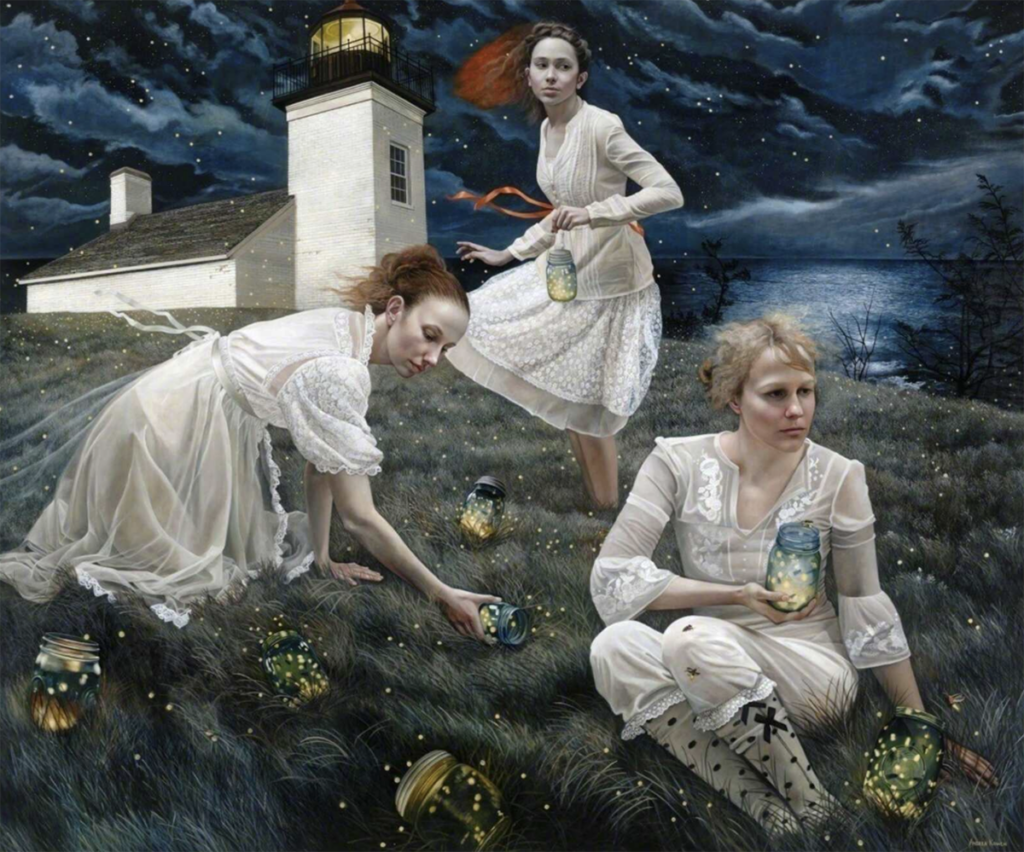
3. Gustave Courbet
Perhaps one of the most famous self-portraits of all time, Le Désespéré, shows the artist, Gustave Courbet, as a young man in despair. Courbet claimed he was the most arrogant and proud man in France, and he sought to tell that truth through his portrait. He faced constant rejection from the critics. Courbet spearheaded the Realism movement, showing everyday life, during a time of Romanticism. He brought self-awareness to his pieces by integrating personal and social identities.
Here are more artists to explore:
Competency 2: Self-Management
Self-management refers to regulating emotions and thoughts, managing stress, motivating yourself, and setting goals. Self-management can help students learn to track their time and deal with stress. Some of the characteristics of practicing self-management are showing discipline, motivation, and initiative. Whether artists were disciplined and highly motivated or if they struggled, we can applaud them today for their courage.
Episode 3: Self-Management of The Art of SEL podcast, takes a more in-depth look at this competency.
Let’s look at two impactful artists that embodied grit and courage:
1. Vincent van Gogh
Vincent van Gogh is a well-recognized artist, yet many are unfamiliar with his tragic story. Van Gogh is a wonderful artist to bring up when discussing SEL. You can even do this without talking about his ear! Despite his sad life of failure, he stayed motivated and showed courage as he continued to make art. Looking at the fame of van Gogh today can give us a sense of sadness and compassion. These feelings can be a reminder of how we can treat ourselves and interact with others who are struggling.
2. Frida Kahlo
Frida Kahlo is an artist who exhibits some interesting qualities of self-management. In fact, she might show us an example of what self-management does not look like! Like van Gogh, she experienced a life of tragedy. She lived with chronic pain, and the act of creating art became an emotional and cathartic practice for her. Her trauma was also the subject matter of her self-portraits. Because of this, it is impossible to view her work and avoid conversations about what she went through. While she might not have been able to manage her emotions, thoughts, and behaviors in the healthiest manner, she was able to use the process of artmaking to give her purpose and keep her productive.

Discover ways to make more art history connections by taking the Integrating Art History graduate course.
Competency 3: Social Awareness
Social awareness is the ability to take the perspective of others and empathize with them. This includes those from diverse backgrounds and cultures. Artists who explore activism or narrative art are excellent examples of bringing this competency into the art room. Narrative art tells a story by using powerful visual imagery to evoke emotions and show us culturally relevant truths. Artists who explore these topics preserve history. Their artwork can tell a story to future generations and help others see different perspectives.
Listen to Episode 3: Social Awareness of The Art of SEL podcast to get more resources and information about this competency.
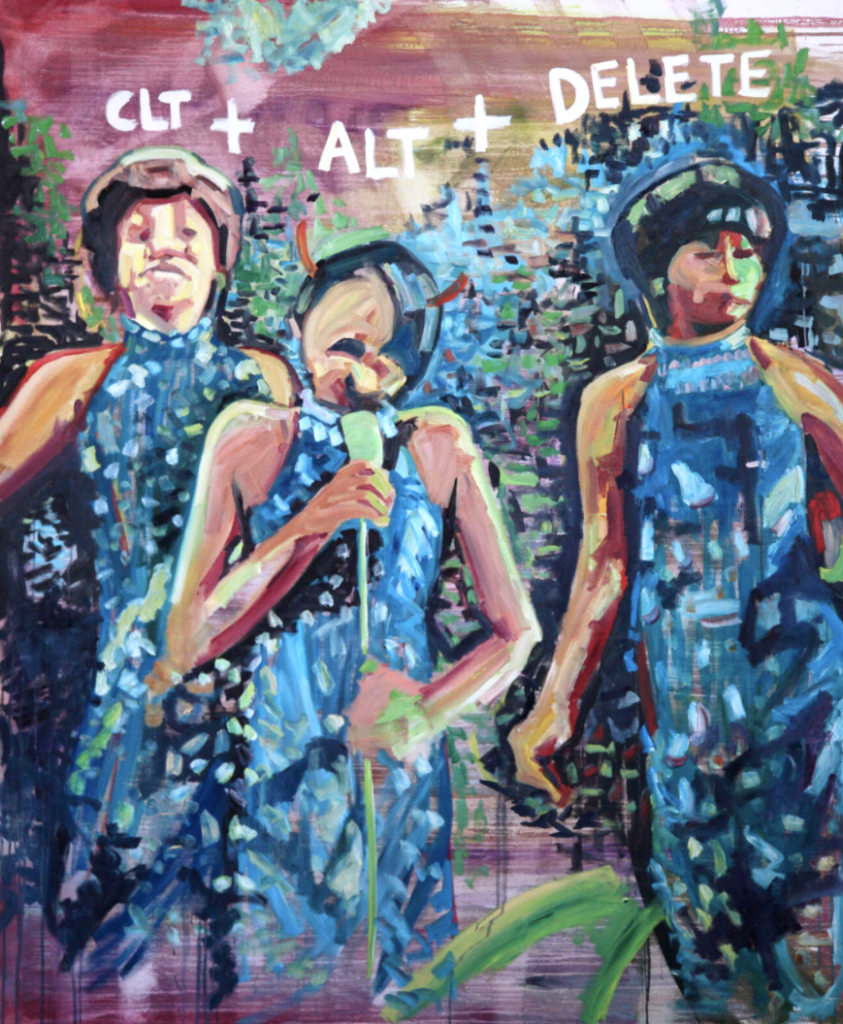
Explore this list of artists to bring a lens of social awareness to your curriculum:
Note: Peruse the links below to determine if they’re appropriate to share with your students.
- Yue Minjun
- Favianna Rodriguez
- Ai Weiwei
- Hank Willis Thomas
- Banksy
- Guerilla Girls
- Elizabeth Catlett
- Hannah Höch
- Esiri Erheriene-Essi
- eL Seed
- William Kentridge
Competency 4: Relationship Skills
According to CASEL, relationship skills are the ability to “… establish and maintain healthy and supportive relationships and to navigate settings with diverse individuals and groups effectively.” This is a competency that is best taught by seeing and doing. It is important for students to see different types of relationships and understand how others view and experience them.
For more discussion on this competency, head on over to The Art of SEL, Episode 5: Relationship Skills.
Here are three artists that showcase relationships as a prominent theme in their work:
1. Amanda Oleander
Amanda Oleander seeks to capture the everyday intimate moments that happen when no one else is watching. Her work depicts relatable human experiences that many of us can empathize with. Using family, friends, and partners, she opens up a narrative that we can transfer to our own unique relationships.
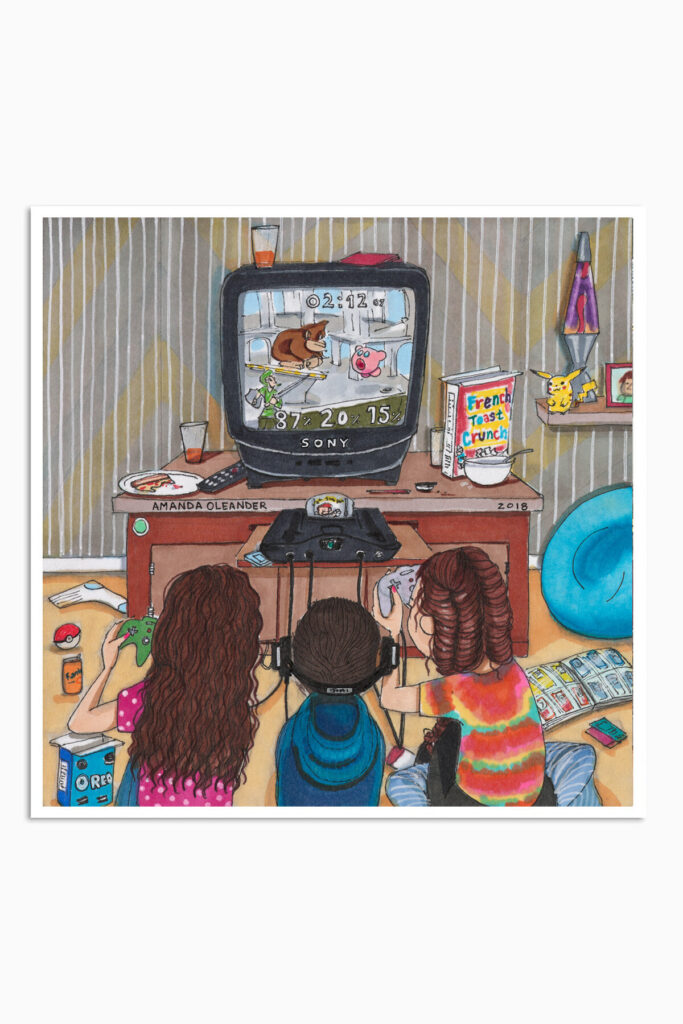
2. Edvard Munch
Edvard Munch’s The Scream would be an excellent painting to discuss SEL competencies. Many of his other works depict the relationships of influential women in his life. In these, he specifically focuses on the struggle of passion and rejection.
3. Thomas Kelly
Thomas Kelly describes his work as “… common scenes and everyday occurrences in which people struggle to establish and maintain relationships.” He doesn’t care about the realism or technicality of his work. Instead, he wants his work to connect the viewer with their own feelings. The goal of his art is to note the common and special human relationships we encounter daily.
For more on art and relationships, here are 5 Artworks That Depict Love in Unexpected Ways.
Competency 5: Responsible Decision-Making
Responsible decision-making is a straightforward connection you can make in the art room. One aspect of this competency is reflecting on the role of the student to promote personal, family, and community well-being. It challenges students to examine how their choices make an impact beyond themselves. You can bring this into your classroom by discussing the importance of caring for and protecting the environment.
Hop on over to The Art of SEL podcast to listen to Episode 6: Responsible Decision-Making for more.
Here are eight artists that explore responsible decision-making when it comes to the human impact on the environment, climate change, and pollution:
- John Akomfrah
- Agnes Denes
- Mary Mattingly
- Aurora Robson
- Sayaka Ganz
- Mel Chin
- Olafur Eliasson
- Tomás Saraceno
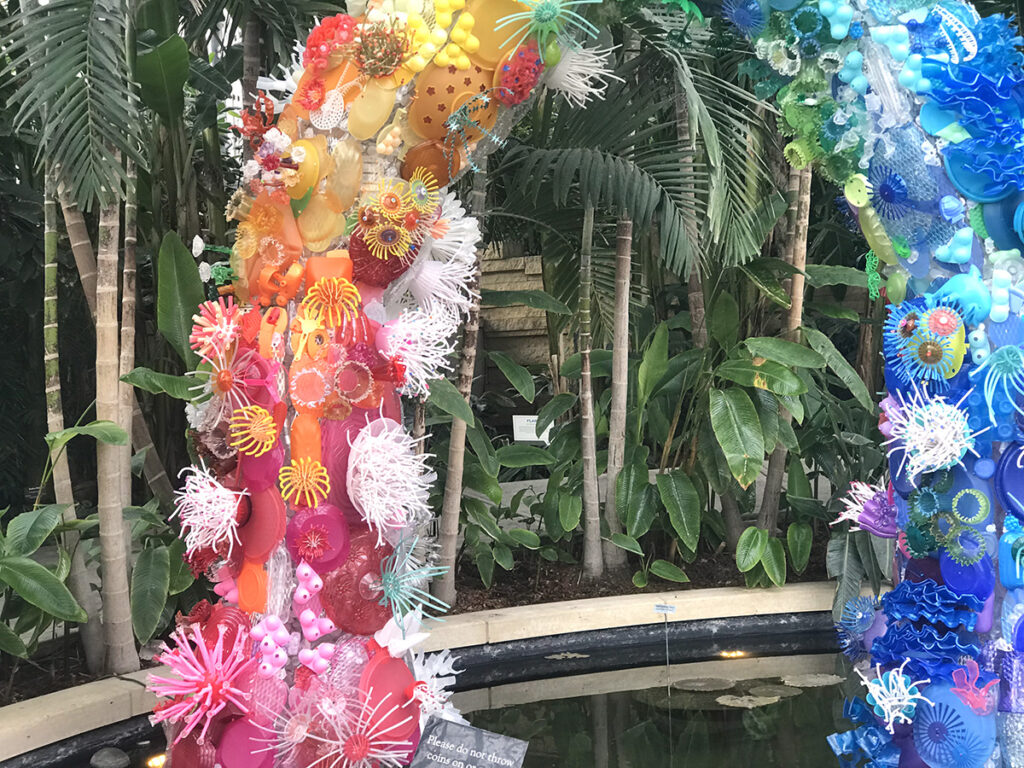
When it comes to SEL and each competency, there is a lot to digest. While there is great value in understanding what each competency means, you should not stop there. It can be difficult to figure out how to integrate SEL into your art room and know where to start. Incorporating SEL practices shouldn’t be more work—you can infuse artists, like the ones in this article, into your existing lessons. Introducing these artists with an SEL lens and language can help students gain valuable connections and foster meaningful discussions.
How do you teach the competencies of SEL in your art room?
Which artists are you planning on using to discuss SEL this year?
Who is a favorite artist that should be added to this compilation?
Magazine articles and podcasts are opinions of professional education contributors and do not necessarily represent the position of the Art of Education University (AOEU) or its academic offerings. Contributors use terms in the way they are most often talked about in the scope of their educational experiences.
